
War-Torn Women
April 29, 2024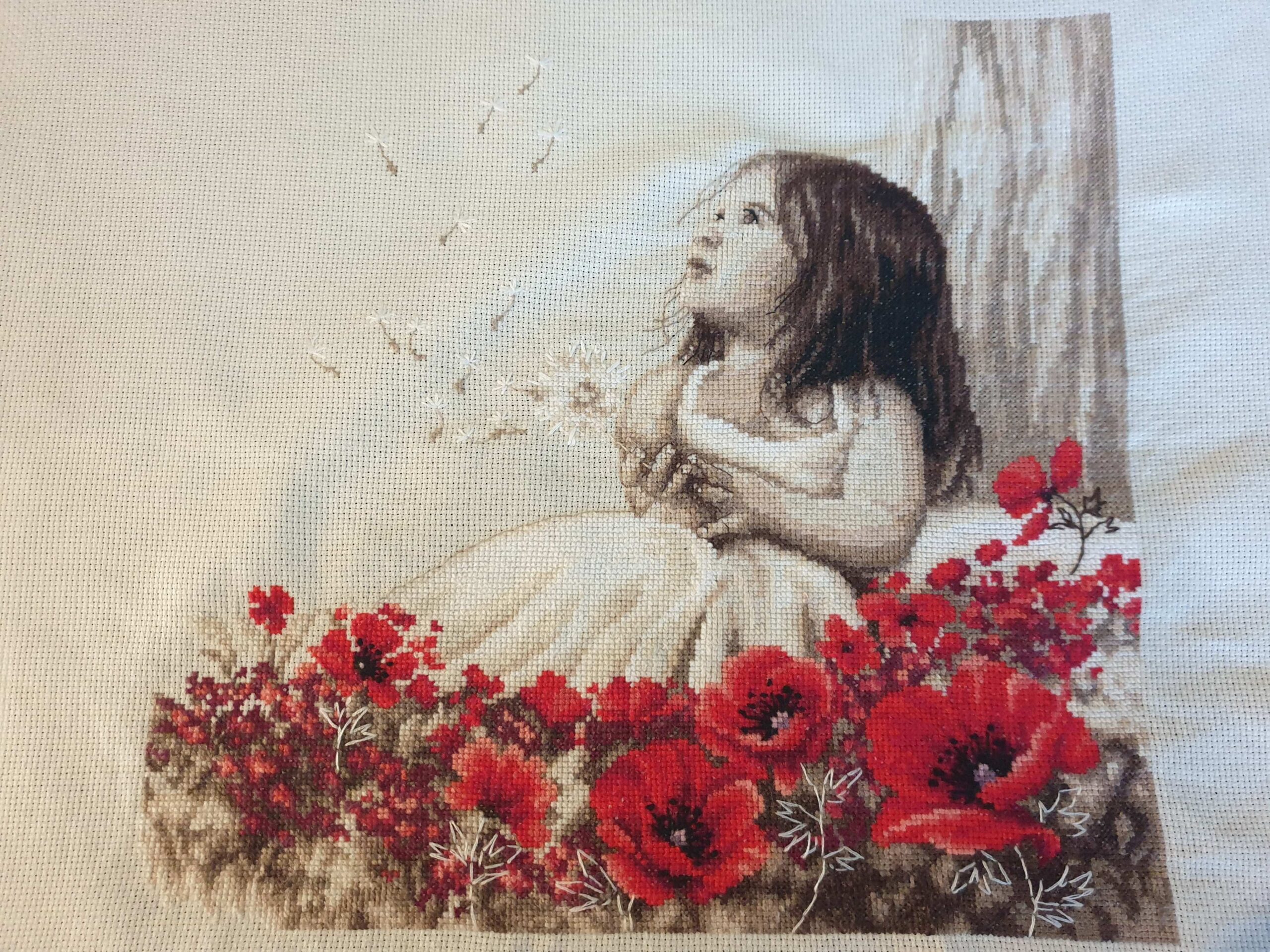
Waiting Rooms…
June 4, 2024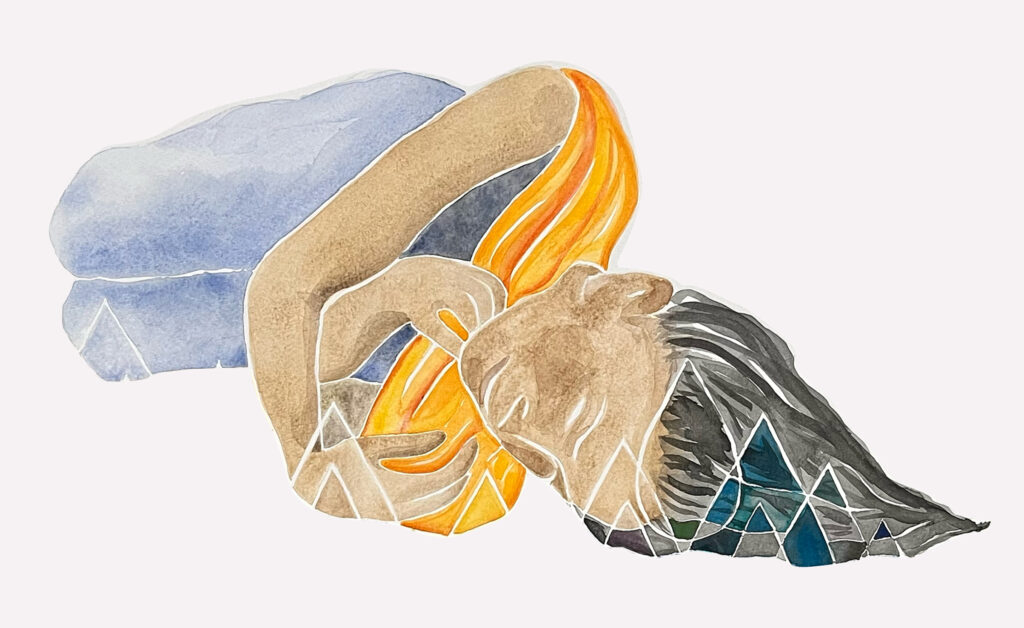
I appreciate your kind responses to my “War-Torn Women” Visio Divina exercise. So many of us can relate on different levels to the need to lament. In this next post, I use the same images to help illustrate what God has taught me about the profound beauty of learning the art of stillness. (Yes, this is a self-portrait, and, yes, I did paint myself with brown skin. I’ll have a lot to work through when it comes time for me to leave India!)
Shutdown
My teenage son calls this my picture of a depressed woman. In one way, it’s true. To find a reference photo online to work from, I had to use key words such as “depressed.” I can relate to this woman—side-lying, no energy to move, war-torn. Some days I feel dreadfully weary from the continual battle in my body. It is such a relief to lay down and not have to hold myself up emotionally and physically anymore. Am I depressed like the woman in my reference photo?
We are all familiar with the autonomic responses to danger: fight, flight, or freeze. In response to danger, animals either sense that they have the strength to fight, the sense to run away (if they possess the speed), or the desperate sense to curl up and play dead, as a last resort. Humans also automatically react in these ways, but some of us have certain preferences for our reactions. Traumatic events or abusive people in our childhood can predispose us toward certain reactions and leave us unable to regulate our emotional responses. In this image, I’m depicting freeze, or curling up and shutting down, such as in preparation for death. There is no fight left.
We don’t have to be in a literal battle zone to feel this defensive freeze reaction. Unfortunately, there are plenty of opportunities in life to freeze. I have often admired women who are fighters. As for myself, I hardly ever have the energy to fight. I tend to just give up and accept fatalistically whatever comes. I might label it God’s will to make it feel spiritual and acceptable. I think my tendency to freeze and give up can be traced back to the spinal cord injury in my youth. Dramatically forced into a helpless situation, and even once I regained consciousness, I was still unable to move, immobilized first in the hospital, and then by my paralyzed legs. That was a very dramatic freeze. I easily slip back to this place of giving up my will to fight—knowing I am unable to fight and curling up in a fetal position—desperately hoping for a dramatic rescue of some kind…or a quick and painless death.
Not only am I a lost sheep; I’m wounded and unable to move toward the Shepherd.
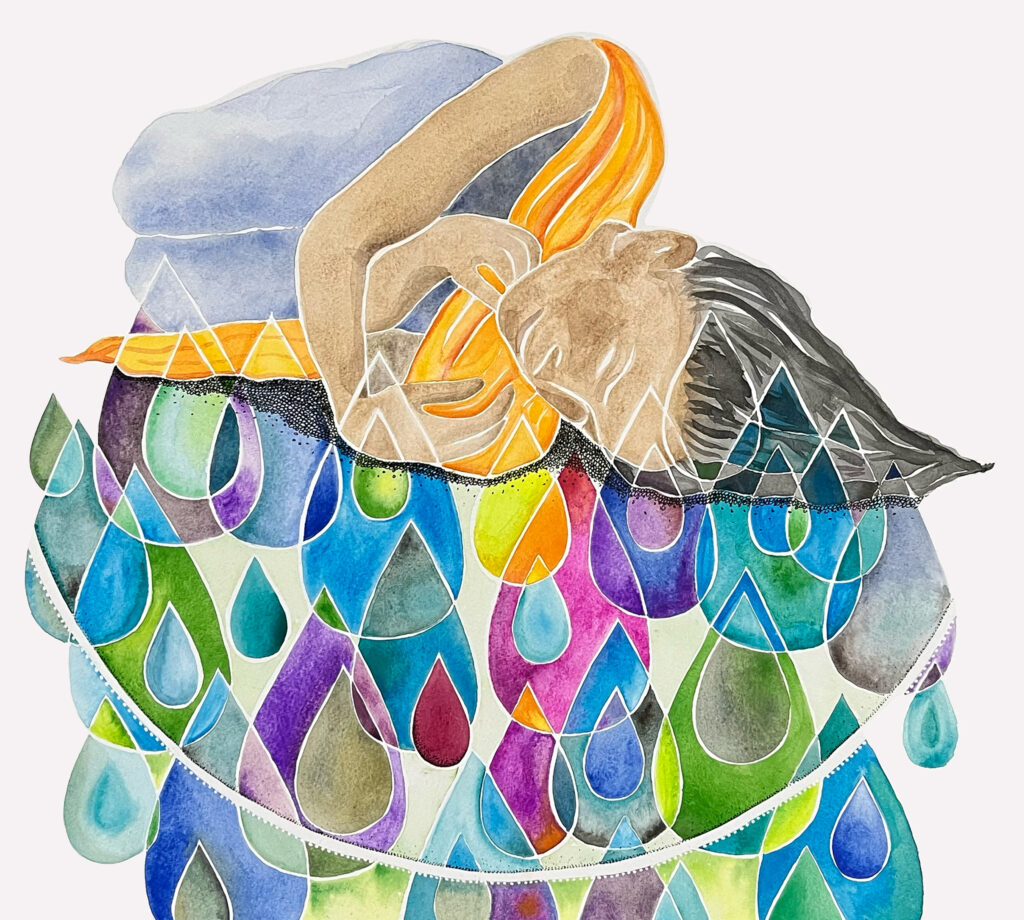
“Pain does not occur in the abstract—no sensation is more personal, or more importunate.”
Paul Brand, The Gift of Pain, 12.
Real Suffering
The tears fall, coming from the depths of our being. Will this pain go on forever? The tension of pain that we hold in our bodies and minds is very real—the suffering, intense. Long-term stress or trauma reduces our ability to maintain a homeostasis (balance) of our emotions and physical functioning. Our war-torn bodies start breaking down when this goes on too long.[i] Stephen Porges, a psychologist and neuroscientist, calls this “the cost of doing business.”[ii] Doing daily life as we carry our pain eventually takes its toll and breaks us down. The cost is high: suffering and pain become a part of us so completely that we can’t discriminate the difference between ourselves and our pain. It has become our identity-forming feature. We can barely look at the future because the present seems so unbearable. We long to be “seen, soothed, safe, and secure.”[iii]
Safety is what we need and exactly what we can’t find.
Holding this tension inside the body and trying to keep our act together can lead to increasing unhealth, mounting frustration, anger explosions, and controlling tendencies. The current understanding of the effects of trauma reveals that our autonomic nervous systems, designed to restore calm and homeostasis, are completely unable to regulate our system anymore. The tension needs to be released. Tears are the best place to start. Tears give us a glimpse of what is happening inside us; they signal that we need help. We need release from feeling so trapped and isolated by our pain.
There are many things we can fight, but I do not believe that pain is one of them. The reason we are in pain is that our bodies are trying to communicate something to us. The helpful approach to pain is neither to push through it aggressively nor to let it overpower you and cause you to be helpless. We can run to pain medications or obsessive exercise or massages. But I’ve found that the best response is to be still. When pain is high, the most important thing to do is calm down.
Beautiful Tears
When our stillness is a choice, everything is different. Instead of playing dead in response to panic or being helplessly pinned or struggling to move against paralysis or pressure, we can choose calmness. I noticed this first with migraines. With a severe migraine, the only real choice is to lay completely still, often with hands clutching my head. Medications don’t help me. The only way to bear the pain is to be still, have no agenda, and just be there. I didn’t realize that this was possible with lesser kinds of pain. With time, I’ve learned skills to ease the constant tension in my physical body. Finding calm literally provides a tension and pain drain. I can feel the tight control leaving my body, sinking into the ground under me. I wonder if, on a very basic level, this laying still is itself a cry for help. It is a primal acknowledgement of my own helplessness…my need to be rescued.
I’m learning to meet God in this freeze response. In his mercy, God transforms the freeze-and-await-certain-death response into a chosen stillness, a quietness I can rest in.
[i] Kathy Kain and Stephen Terrell, Nurturing Resilience, 71.
[ii] Stephen Porges, Polyvagal Theory, 95.
[iii] Curt Thompson, The Soul of Desire, 86.
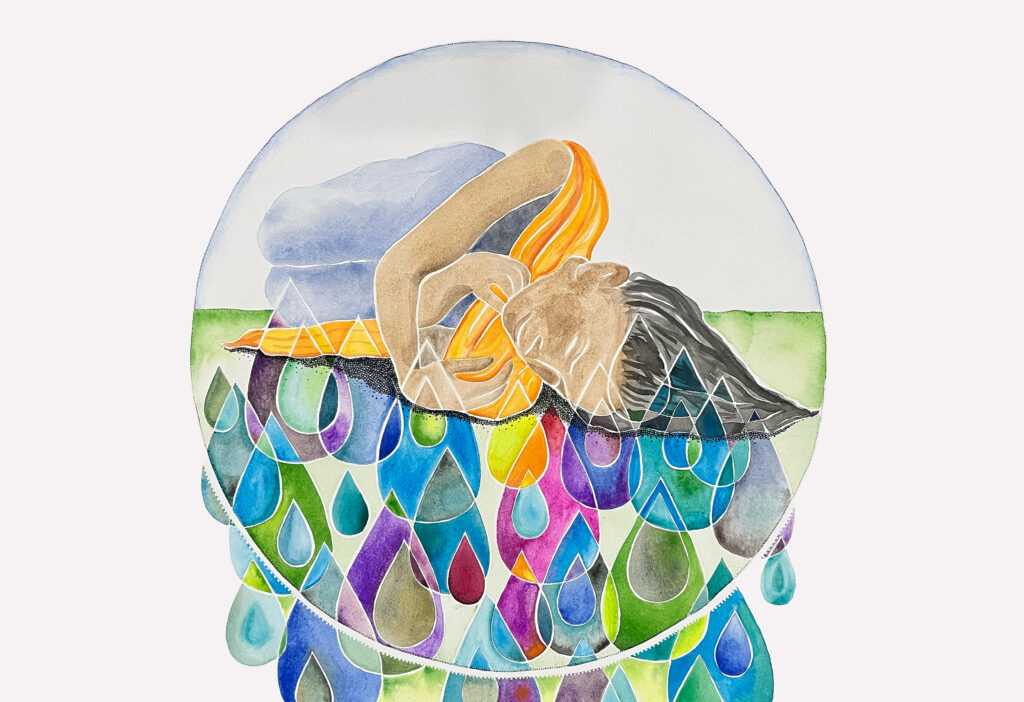
When we choose to be still and cry for help, help is on the way.
Our Good Shepherd will find us.
Found
For about 6 months now, I’ve been studying the theme of the Good Shepherd which runs throughout the Bible. With Kenneth Bailley’s commentary, The Good Shepherd, as my guide, I have traced the development of this concept. My mind overflows with images and connections. My painting “Found” represents the culmination of my insights into this topic.
When a sheep is lost and possibly wounded, though it does not have the intelligence to retrace its steps and independently regain safety in the flock, it does have one choice. For the shepherd to be successful in his search, the sheep needs to make noise. It needs to cry for help. The sheep needs to want to be found. Without its fearful bleat expressing this strong desire, the Shepherd’s search will be fruitless.[i]
As soon as we cry for help to our Father God, we are found.
Bewilderment, isolation, anger, and heavy disappointment represent states of being often associated with pain. We don’t feel found—we feel lost. No one understands what we face each day. No one knows the physical and mental battles. To some extent that is true. No one has lived the same set of experiences at the same time in human history as I have. But Someone knows. Someone hears.
In the uniqueness of each of our own great sorrows, can we have spiritual eyes to see that Someone knows exactly what we have faced? He knows each battle won, as well as each skirmish that ended in terrible defeat. Curt Thompson says, “Embedded in the process of being known is our awareness that the only one by whom we are known desires to know us.”[ii] God knows us and desires to know us! He doesn’t only know us because he is a loving God, and therefore he has to know us. He desires it. I think of the narrative of the healing of the woman with a bleeding problem in the Gospel of Mark. Jesus listened to the story of the woman who bled for 12 years. He didn’t just touch her body, heal her, and move on. He listened. He knew and felt her pain (Matt. 5:24-24).
As I press into my relationship with God, this deep experience of being personally and intimately known grows. All my life—or since my first accident, I’ve felt God’s protective circle around me. I knew I was different. That difference comes only from knowing that he knows me individually. No one else knows what I face each day, but my Father knows. In that sense, all of us are different; all of us are special. This is a circle of knowing and understanding, symbolic of God’s finding. If he sees each sparrow fall (Matt. 10:29), he has seen you fall exhausted and war-torn. In that place of helpless weakness, let go of control. Let go of questions. Feel your tension drain and ask for help.
[i] Brand, 196.
[ii] Thompson, 58.
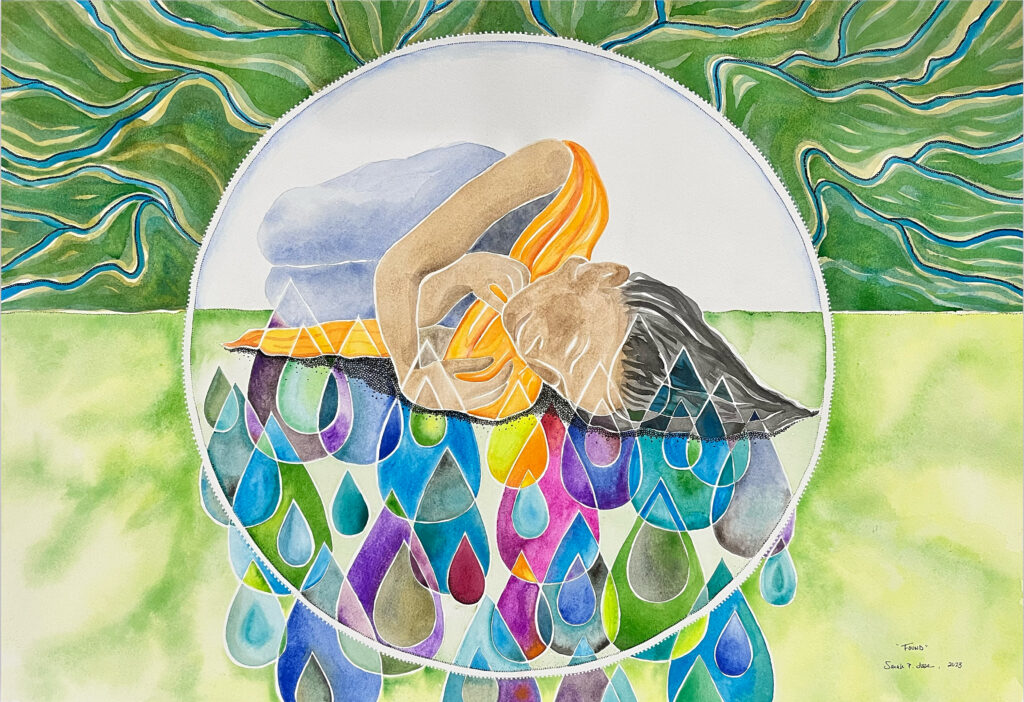
“I am the Good Shepherd. I know my sheep and my sheep know me,
just as the Father knows me and I know the Father
—and I lay down my life for my sheep” (John 10:14-16, NIV).
Green Pastures
Neuroscientists like Stephen Porges are making breakthrough findings and writing books on the transformative power of being safe.[i] David knew that only his God, his Good Shepherd, could make him lay down in safe green pastures.[ii] Jesus makes it clear that he is the Good Shepherd, the messianic fulfillment of David’s longing.[iii] He has green pastures of safety, rest, and restoration for each of us. Instead of allowing my pain to isolate and immobilize me, let me choose stillness, rest in this circle of knowing—my own personal green pasture— wherever I am.
What does this look like in real life? It surely does not mean doing more, working harder, and being harder on myself. The first step is learning awareness. When I first started to watch my mind and body, I felt overwhelmed with how dysfunctional everything felt. My mind and emotions were on a roller-coaster—one with double loops. I felt overwhelmed by fear of the future, and my body was a painful wreck. With awareness, we need to learn compassion. Jesus has compassion on us. Can we have compassion on ourselves? Can we allow ourselves to cry? To grieve and lament?
Letting go of tension can be as simple as unclenching your jaw. Often. This is a great first step! On a smaller scale, I’ve learned the art of pausing. Often. Rest and breathe for a few seconds, or for a few minutes—when you become advanced! We can think of each mini-moment of release as a step into God’s safe circle, our own personal green pasture.
With the tension of pain drained, this painting no longer depicts a depressed, collapsed, war-torn woman. God has transformed her into woman at rest, peacefully relaxing in a green pasture. He has restored her soul. As I spend more time in my green pasture, I have confidence that I’m not a war-torn woman on the brink of depression. I’m found. I’m safe, resting in stillness.
“Return, O my soul, to your rest; for the Lord has dealt bountifully with you”
(Psalm 116:7, ESV).
[i] Such as Stephen Porges, The Pocket Guide to the Polyvagal Theory: The Transformative Power of Feeling Safe.
[ii] Psalm 23.
[iii] John 10:11
Works Cited
Bailey, Kenneth E. 2014. The Good Shepherd: A Thousand-Year Journey from Psalm 23 to the New Testament. Downers Grove, IL: Inter Varsity.
Brand, Paul, and Philip Yancey. 1997. The Gift of Pain: Why We Hurt and What We Can Do About It. Secunderabad: OM Books.
Kain, Kathy L. and Stephen J. Terrell. 2018. Nurturing Resilience: Helping Clients Move Forward from Developmental Trauma. Berkeley, CA: North Atlantic.
Porges, Stephen. 2011. The Polyvagal Theory: Neurophysiological Foundations of Emotions, Attachment, Communication, and Self-Regulation. New York: W.W. Norton.
Thompson, Curt. 2021. The Soul of Desire: Discovering the Neuroscience of Longing, Beauty, and Community. Downers Grove, IL. Kindle Version.

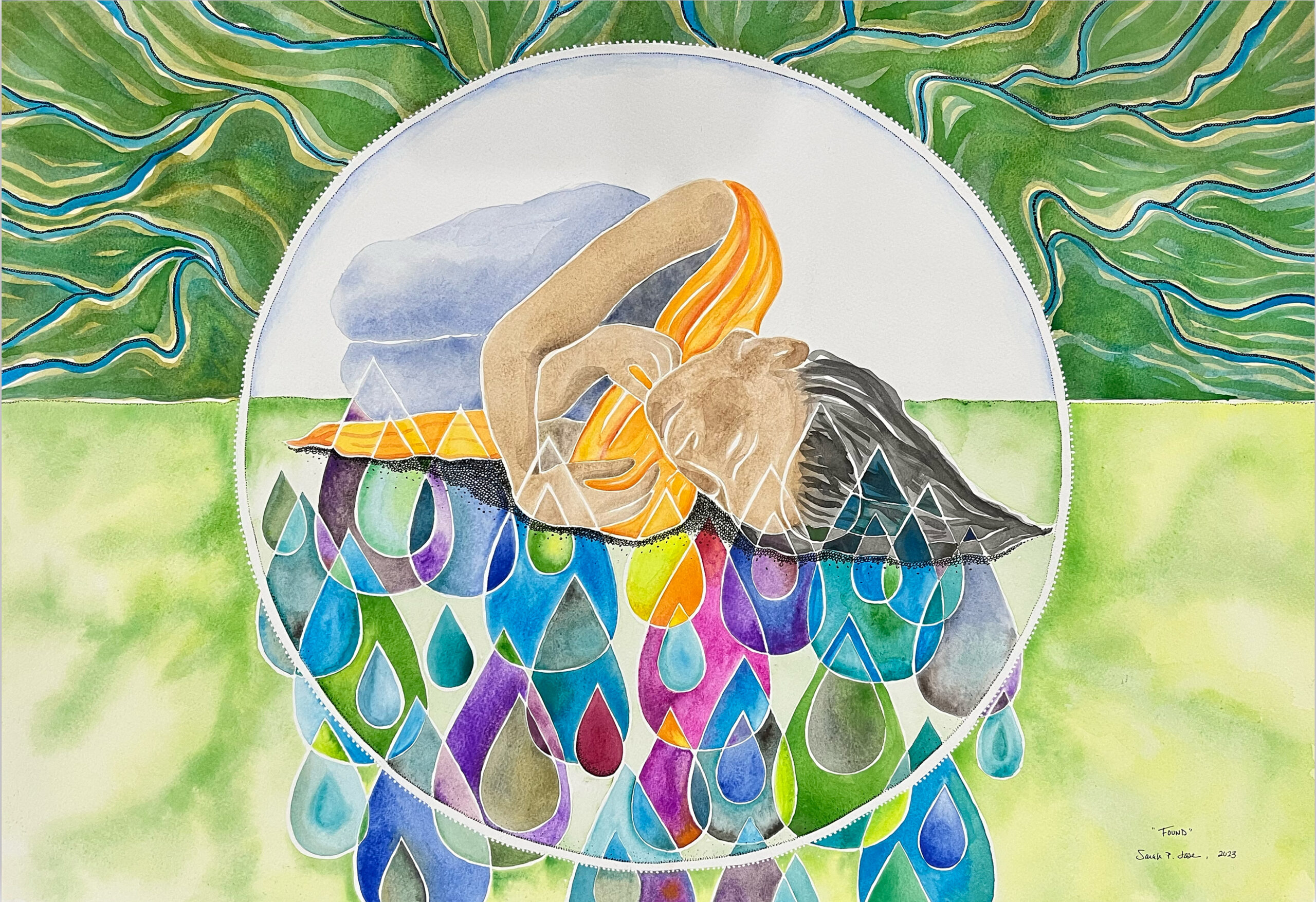
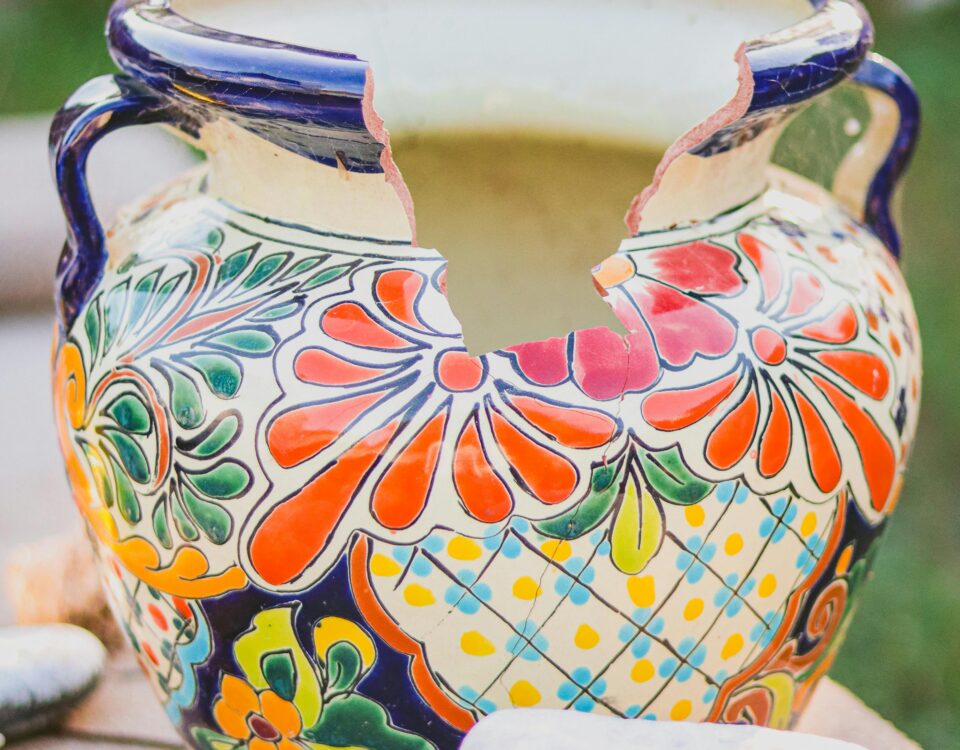
4 Comments
Tears are a great release! We hold back and refuse to let them come, refuse to show weakness. It is not weakness to cry. It is an acknowledgment of reality. And yes: When I call, He hears and answers. This truth appears over and over in Psalms. I am thinking much about the green pasture now. I never paid attention to it before.
It is true, Gretchen, we are culturally conditioned to not know how to cry or grieve. I hope you are blessed by thinking about the green pastures! Too often I dwell way too long on the problem (in myself and the world) rather than on the peace and security God has available to me.
My first thought upon reading your exceptionally well written reflection:
O Lord, my heart is not lifted up,
my eyes are not raised too high;
I do not occupy myself with things
too great and too marvelous for me.
But I have calmed and quieted my soul,
like a child quieted at its mother’s breast;
like a child that is quieted is my soul.
O Israel, hope in the Lord
from this time forth and for evermore.
(Psalm 131)
What an excellent reference to connect to this image, Jim. I like the ownership the Psalmist takes: “I have calmed and quieted my soul…” This is a skill we can learn — our active participation toward God is calming ourselves. It shows we trust him! I always love your thoughts!